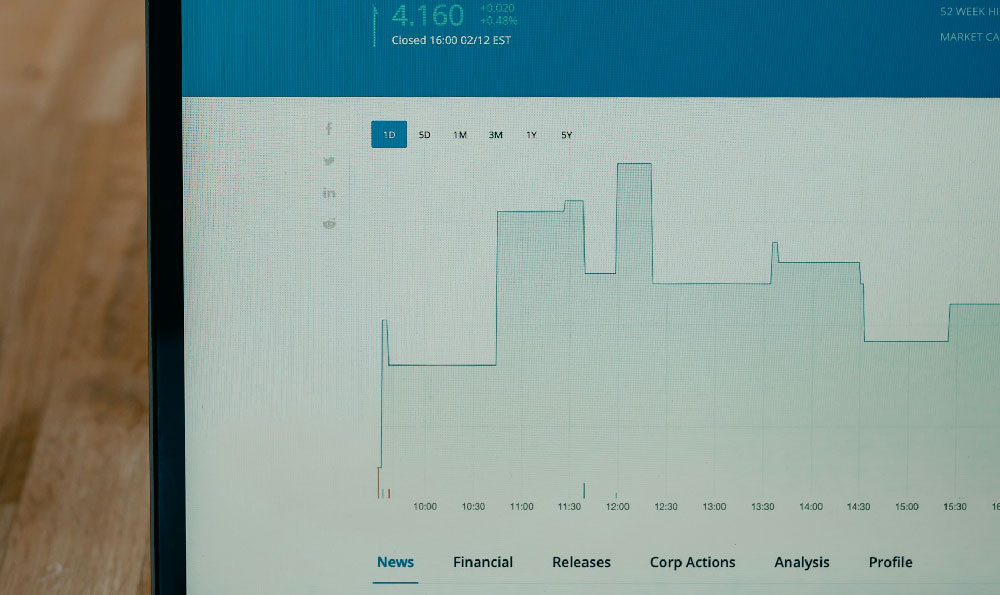Investing in Artificial Intelligence (AI) has been a hot topic for years, with AI 1.0 largely focused on narrow applications like image recognition and recommendation systems. Now, the emergence of AI 2.0, characterized by generative AI models, large language models (LLMs), and advancements in unsupervised learning, is presenting a new wave of investment opportunities and challenges. Deciding whether investing in this new iteration is a smart move or a risky bet requires careful consideration of several factors.
One of the most compelling arguments for investing in AI 2.0 is the potential for exponential growth and widespread disruption across various industries. Unlike its predecessor, AI 2.0 possesses a greater capacity for creativity, problem-solving, and adaptation. LLMs, for instance, can generate human-quality text, translate languages, write different kinds of creative content, and answer your questions in an informative way. This capability has profound implications for content creation, customer service, education, and even software development. Imagine a world where businesses can automate the generation of marketing materials, personalize customer interactions at scale, and rapidly prototype new software applications – all powered by AI. The productivity gains and cost savings alone are potentially transformative.
Furthermore, AI 2.0 is driving innovation in sectors previously untouched by AI 1.0. Healthcare, for example, can benefit from AI-powered drug discovery, personalized medicine, and improved diagnostic accuracy. The financial industry can leverage AI for fraud detection, algorithmic trading, and risk management. The manufacturing sector can utilize AI for predictive maintenance, process optimization, and autonomous robotics. The breadth of potential applications is vast, making AI 2.0 a potentially lucrative investment area.

However, the allure of high returns must be tempered with a realistic assessment of the risks. The AI 2.0 landscape is still nascent, and many companies are in the early stages of development and commercialization. This means that investing in AI 2.0 carries significant uncertainty and volatility. Not all AI companies will succeed, and some may even fail.
One major risk is the lack of established business models. While the technology is impressive, many AI 2.0 companies are still figuring out how to monetize their innovations effectively. It's crucial to distinguish between companies with groundbreaking technology and those with sustainable and scalable business models. Revenue generation needs to justify the often hefty valuations of AI companies, especially given the significant computational resources required to train and deploy these advanced AI systems.
Another concern is the ethical and societal implications of AI 2.0. As AI systems become more powerful and autonomous, there are growing concerns about bias, fairness, and accountability. If AI models are trained on biased data, they can perpetuate and even amplify existing societal inequalities. The use of AI in areas such as law enforcement and hiring raises profound ethical questions that need to be addressed. Investing in companies that prioritize ethical AI development and responsible AI governance is essential to mitigate these risks. Regulatory uncertainty surrounding AI is also a factor. Governments around the world are grappling with how to regulate AI to protect consumers and ensure fair competition. New regulations could impact the business models and profitability of AI companies.
Moreover, the competitive landscape in the AI 2.0 space is becoming increasingly crowded. Established tech giants, such as Google, Microsoft, and Amazon, are heavily investing in AI and have a significant advantage in terms of resources and expertise. Smaller AI startups face intense competition for talent, funding, and market share. Careful due diligence is needed to identify companies with a unique competitive advantage and a clear path to differentiation.
Given these risks and opportunities, how should investors approach AI 2.0? The key is to adopt a diversified and long-term investment strategy. Rather than putting all your eggs in one basket, consider investing in a portfolio of AI companies across different sectors and stages of development. This will help to mitigate the risk of individual company failures and maximize your potential for returns.
Another approach is to invest in AI-focused venture capital or private equity funds. These funds typically have a team of experienced investors who can identify promising AI startups and provide them with the capital and expertise they need to grow. Investing through a fund allows you to access a broader range of AI investments and benefit from the fund's due diligence and management capabilities.
For retail investors, consider investing in exchange-traded funds (ETFs) that track the performance of AI-related stocks. These ETFs provide a convenient and cost-effective way to gain exposure to the AI sector. However, it's important to carefully review the ETF's holdings and investment strategy to ensure that it aligns with your risk tolerance and investment goals.
Finally, it's crucial to stay informed about the latest developments in AI and the regulatory landscape. Read industry reports, attend conferences, and consult with financial advisors to stay up-to-date on the trends and challenges in the AI 2.0 space.
In conclusion, investing in AI 2.0 presents both significant opportunities and risks. While the potential for disruptive innovation and high returns is undeniable, it's important to approach this investment area with caution and a long-term perspective. By conducting thorough research, diversifying your portfolio, and staying informed about the evolving AI landscape, you can increase your chances of making smart and profitable investment decisions in the age of AI 2.0. It's not just about chasing the hype; it's about understanding the underlying technology, the market dynamics, and the potential societal impact. Only then can you make informed decisions that align with your investment objectives and risk tolerance.












